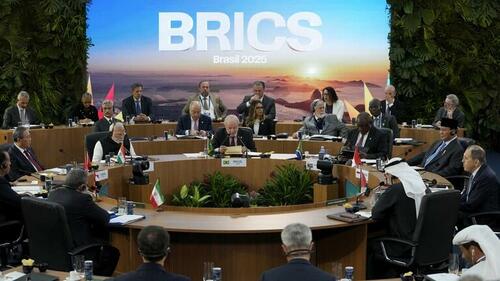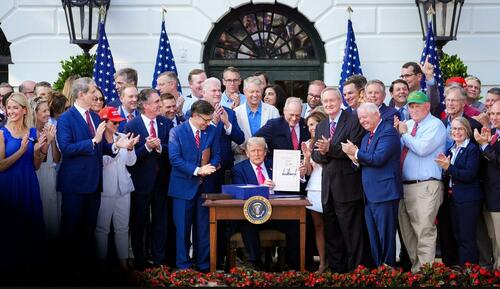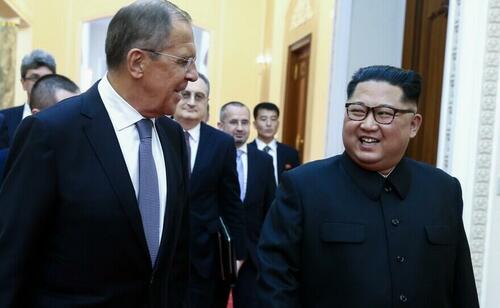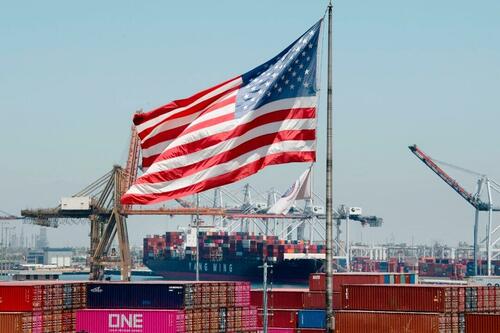IDF Soldiers Say Grenade-Drones Being Used On Civilians: 'None Of Them Were Armed'
The Israel Defense Forces are routinely killing civilians in Gaza with commercial drones modified to drop grenades on them -- often leaving the corpses to be eaten by dogs, according to interviews with seven soldiers and officers conducted by Israeli investigative journalists. The tactic is being used to deter civilians from venturing into areas declared off-limits by the IDF, with indifference to the fact that the individuals -- some of them children -- pose no threat. Compounding the amorality of the conduct, the soldiers say the off-limits areas aren't marked on the ground.
According to Israel's +972 Magazine and Local Call, every Palestinian killed in this fashion was counted as a "terrorist" in the IDF's official reporting. The soldiers say that's utterly false. One soldier identified as "S" says that he coordinated dozens of drone attacks over the 100 days his unit was deployed in the southern Gaza city of Rafah, and that the vast majority of the dead were unarmed civilians. The only two exceptions were a single executed Palestinian who merely had a knife, along with only one legitimate encounter with armed militants.
 A Chinese Autel EVO drone like those weaponized by the IDF with a grenade-dropping function (ZLEA/CC BY-SA 4.0 via +972 Magazine)
A Chinese Autel EVO drone like those weaponized by the IDF with a grenade-dropping function (ZLEA/CC BY-SA 4.0 via +972 Magazine)
By his recollection, the battalion killed a civilian in this fashion on a daily basis, even though it was obvious to him that the Palestinians posed no threat. “It was clear that they were trying to return to their homes — there’s no question. None of them were armed, and nothing was ever found near their bodies. We never fired warning shots. Not at any point.”
Adding another layer of horror to the IDF-orchestrated hell that is Gaza, the corpses -- which were upwards of a mile from their killers -- were typically left to be eaten by dogs, says S.:
“You could see it on the drone footage. I couldn’t bring myself to watch a dog eating a body, but others around me watched it. The dogs have learned to run toward areas where there’s shooting or explosions — they understand it probably means there’s a body there.”
Worse, S. said children have been deliberately targeted:
“There was a boy who entered the [off-limits] zone. He didn’t do anything. [Other soldiers] claimed to have seen him standing and talking to people. That’s it — they dropped a grenade from a drone...In most cases, there was nothing you could tell yourself. There was no way to complete the sentence, ‘We killed them because ____.’”
“There were many incidents of dropping grenades from drones,” said H., a soldier who'd been deployed to central Gaza. . “Were they aimed at armed militants? Definitely not. Once a commander defines an imaginary red line that no one is allowed to cross, anyone who does is marked for death,” even just for “walking in the street.” These new accounts are consistent with previous reporting that the IDF creates "kill zones" where soldiers shoot anyone moving inside the area, followed by the IDF boasting that another terrorist was killed. Where IDF soldiers' ability to mow down civilians in kill zones was previously limited by the range of their rifles, drones now let them kill from several kilometers away.
Exclusive |
— Younis Tirawi | يونس (@ytirawi) July 3, 2025
Aerial footage obtained depicts Israeli soldiers dropping grenades from a drone, targeting a group of civilians fleeing Netzarim last September. One person is visibly struck and collapses
Netzarim became a kill zone, and as the military gradually expanded it, so did… pic.twitter.com/QPW2EVHJ3D
Elaborating on this capability, a soldier called "Y." described how he and other soldiers made bloody examples of Palestinians who entered forbidden areas:
“You send a drone up 200 meters high, and you can see three to four kilometers in every direction, You patrol like that: you see someone approaching, the first one gets hit with a grenade, and after that, the word spreads. One or two more come, and they die. The rest understand.”
When killing wasn't automatic, the criteria used to determine who is dangerously suspicious was so expansive as to capture just about anyone. “[Someone who] walks too fast is suspicious because he’s fleeing. Someone who walks too slowly is also suspicious because [it implies] he knows he’s being watched, so he’s trying to act normal," said S. Soldiers say even the simple act of bending over is sufficient basis for dropping a grenade on a Palestinian.
Most of these grenade-dropping drones are modified EVO models manufactured by China's Autel for photography use, +972 Magazine reports. They only cost about $3,000 compared to $2 million for Israel's military-grade Elbit Hermes 450. The IDF modifies the EVOs with a military "iron ball" appendage that can carry a grenade dropped by the push of a joystick button. H. described how drones change the nature of taking a human life:
“This technology has made killing much more sterile. It’s like a video game. There’s a crosshair in the middle of the screen, and you see a video image. You’re hundreds of meters away, [sometimes] even a kilometer or more. Then you play with the joystick, see the target, and drop [a grenade]. And it’s even kind of cool. Except this video game kills people.”
One soldier who spoke to +972 Magazine said he recalled signing thank-you letters addressed to Americans who donated drones to his unit. Autel says it hasn't supplied its photography drones to Israel: "We find the prospect of our products being associated — even mistakenly — with violence against civilians to be utterly unacceptable. Autel Robotics has never sold drones to any users in the Israeli region, including but not limited to the Israeli military or Ministry of Defense."
 Gaza's Khan Younis in ruins on the one-year anniversary of the Hamas invasion of Israel (Bashar Taleb / AFP via Turkiye Today)
Gaza's Khan Younis in ruins on the one-year anniversary of the Hamas invasion of Israel (Bashar Taleb / AFP via Turkiye Today)
Enforced by these routine killings of civilians in "kill zones," the coerced depopulation of entire areas goes hand-in-hand with the recent announcement by Israel's defense minister that the IDF is going to build a concentration camp in Rafah, the southernmost Gaza city. The plan is to force all 2 million residents of Gaza into a "humanitarian city" ringed by IDF guards preventing anyone from leaving.
Last month, a different group of IDF soldiers offered their own damning testimony about the IDF's conduct, confirming the routine use of deadly force on unarmed Palestinians as a barbaric form of crowd control at distribution points for humanitarian aid. Israeli Prime Minister repeatedly calls the IDF "the most moral army in the world." They say if a lie is repeated enough, it becomes the truth -- but it's hard to fathom the quantity of lies necessary to overcome the growing stack of damning testimonies from IDF soldiers and officers.
Tyler Durden Sat, 07/12/2025 - 22:45















 AFP/Getty Images
AFP/Getty Images





Recent comments